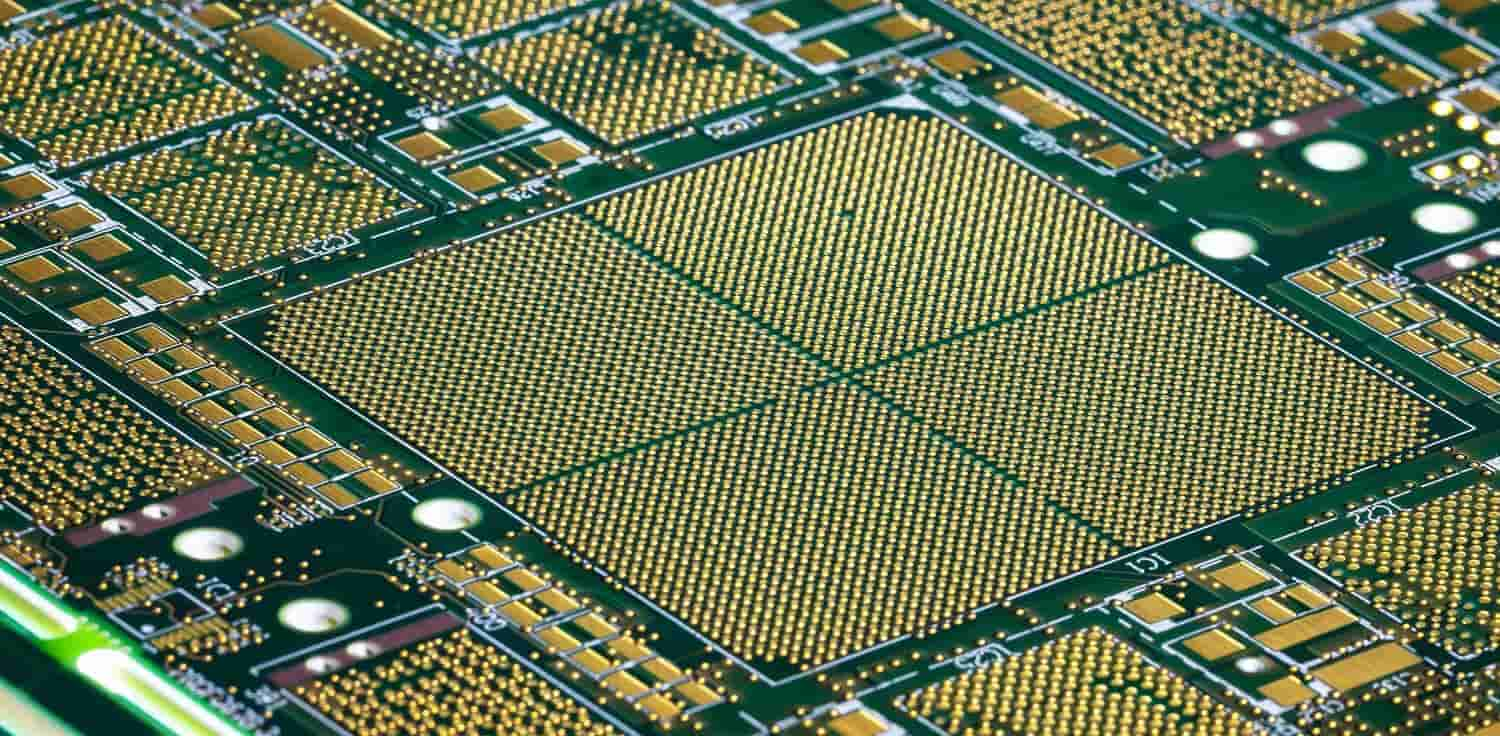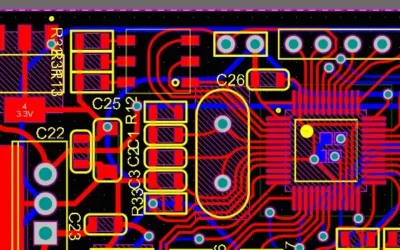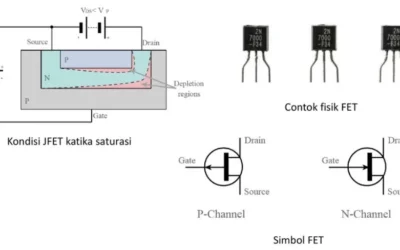Back to blog
Key Considerations for Special PCB Manufacturing

Special PCB–HDI PCB
In recent years, the evolution of PCBs has been remarkable, transitioning from simple boards for basic components to complex circuitry capable of handling intricate functionalities. As a PCB designer or manufacturer, you constantly strive to overcome challenges and deliver innovative solutions to meet the demands of modern electronics. This often involves incorporating new functionalities, choosing between module-based or custom PCB designs, and utilizing special PCB types to accommodate the ever-growing need for high-speed and high-power capabilities in compact spaces.
Understanding Special PCBs
Special PCBs, which include FR4 PCBs and metal core PCBs, are customized to meet specific requirements that go beyond standard PCBs. These boards are engineered to fulfill unique needs such as buried and blind vias, heavy copper layers, and high-frequency capabilities. They play a crucial role in fulfilling both electrical and mechanical functions, with a particular emphasis on factors like copper thickness, precision, and overall board thickness.
By incorporating advanced features like buried and blind vias, special PCBs enable complex routing and connectivity solutions that are not feasible with standard PCBs. Heavy copper layers enhance current-carrying capacity and thermal management, making them ideal for high-power applications. Additionally, special PCBs with high-frequency capabilities are designed to minimize signal loss and maintain signal integrity in demanding applications.
Overall, special PCBs offer a versatile and tailored solution for applications that require specific electrical, mechanical, or thermal properties beyond what standard PCBs can provide. Their ability to meet unique requirements makes them essential in various industries, including telecommunications, aerospace, and medical devices, where performance and reliability are paramount.
Types of Special PCBs
- Ceramic PCBs: Known for their high reliability in high-pressure, high-frequency, and high-insulation environments, ceramic PCBs are ideal for applications requiring exceptional performance.
- High-Frequency RF Boards: These boards leverage materials like Taconic and Rogers to operate in the frequency range of 300MHz to 3GHz, making them suitable for wireless communication and radar systems.
- Impedance-Controlled PCBs: Available in 100-ohm and 50-ohm variants with a tolerance of +-10%, these boards are essential for maintaining signal integrity in high-speed digital circuits and RF applications.
- Heavy Copper PCBs: Featuring copper weights of 4~10 OZ/ft2, these boards are designed to handle higher currents and offer better thermal management, making them ideal for power electronics and industrial applications.
- Carbon Ink PCBs: These boards utilize carbon-based conductive ink for applications requiring specific resistive elements, such as membrane switches and sensors.
Optimizing the Special PCB Manufacturing Process
To optimize the special PCB manufacturing process, several key factors must be considered. The choice of PCB material is paramount, as it directly influences the board’s properties and performance. Special attention should be given to material selection, ensuring it meets the required specifications for the application.
In addition to material selection, factors such as trace width, copper weight, and surface finish also play a significant role in the manufacturing process. Trace width affects the electrical performance of the board, while copper weight impacts its current-carrying capacity and thermal management capabilities. Surface finish is crucial for ensuring the reliability and longevity of the board.
By carefully considering these factors during the design and manufacturing stages, manufacturers can optimize the special PCB manufacturing process. This optimization not only ensures that the final product meets the required specifications but also helps reduce costs and turnaround times, making the manufacturing process more efficient and cost-effective.
Special PCB Technologies
-
HDI Blind Buried Hole: These holes, visible only on the top or bottom layers, help reduce the size and complexity of High-Density Interconnect (HDI) PCBs, enhancing electromagnetic compatibility and reducing costs.
-
Multi-Layer Special Stack-up Structure: With the increasing demand for high-speed circuits, separating power and signal layers is vital to prevent electrical interference, necessitating a special stack-up structure.
-
Impedance Control: Maintaining a specific impedance value along transmission lines is critical for signal integrity. PCB designers must ensure proper impedance control, especially in multi-layer boards.
-
Thick Copper PCBs: Featuring copper thicknesses of 2 oz or higher, thick copper PCBs offer corrosion resistance, low and high-temperature resistance, and excellent extension performance.
-
ENEPIG and Electroplated Nickel Gold/Gold Finger: These surface finish technologies offer anti-friction, corrosion resistance, and good electrical conductivity, enhancing the durability and performance of PCBs.
Choosing a Manufacturer for Special PCBs
When selecting a manufacturer for your special PCB project, prioritize expertise in producing these specialized boards. This ensures they have the knowledge and skills to meet your unique requirements. Certification is crucial, indicating adherence to industry standards and best practices.
Experience is key; choose a company with a proven track record in delivering high-quality special PCBs on time and within budget. Quick turnaround times are important, particularly for tight deadlines. Look for a manufacturer that offers fast turnaround without compromising quality.
Consider the level of customer support provided. A good manufacturer should be responsive and able to assist you throughout the manufacturing process. By prioritizing these factors, you can select a manufacturer capable of meeting your special PCB needs.
PCB & PCBA Quick Quote
Related Articles
Analysis of Power Supply Noise in HF PCB Design Process
This comprehensive guide explores the complexities of power supply noise, its origins, and advanced techniques to mitigate its effects in high-frequency PCB designs.
What is EMI, EMS and EMC?
At Highleap Electronic, we specialize in producing high-quality PCBs by integrating advanced techniques for impedance control, ensuring robust EMC and mitigating EMI.
Understanding Field-Effect Transistors (FETs) in PCB Design
Dive into the fundamentals of Field-Effect Transistors (FETs) and their critical role in PCB design.



